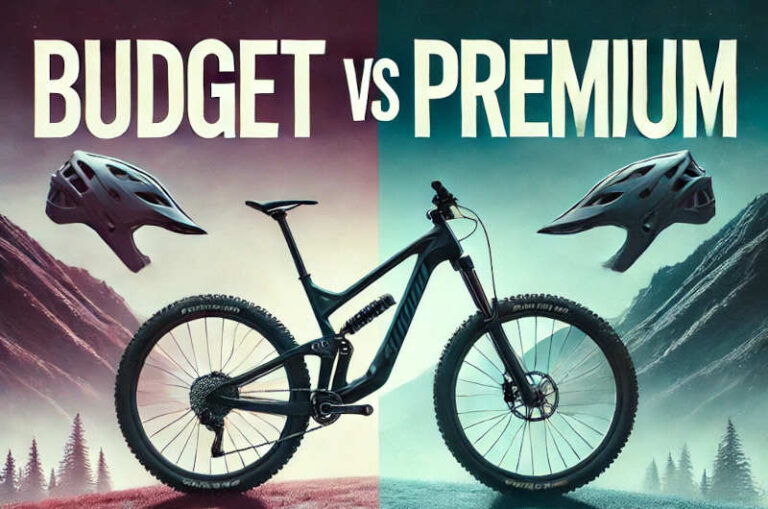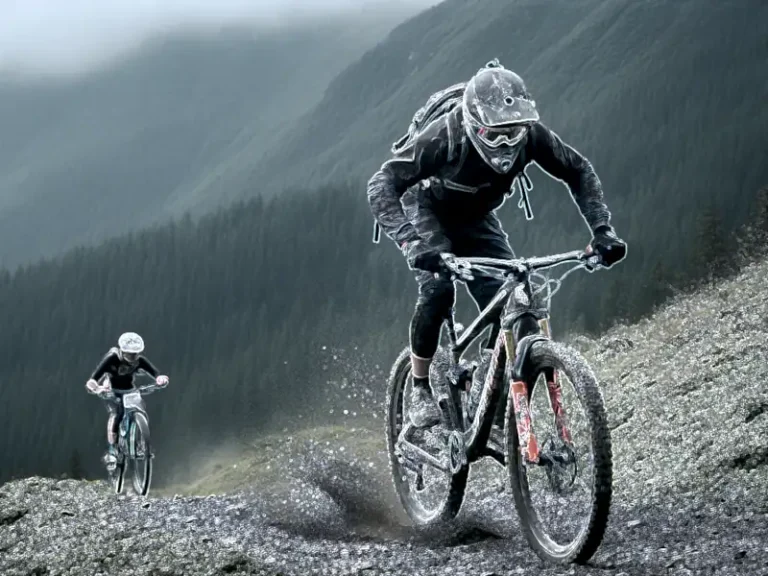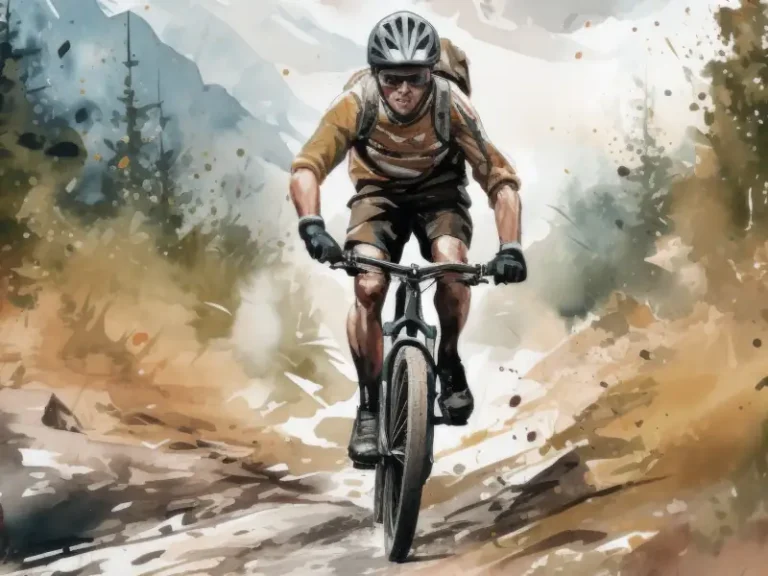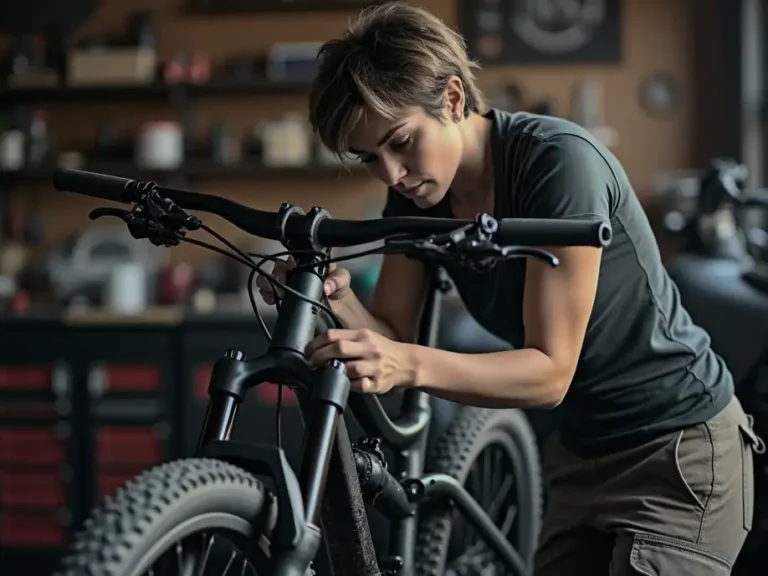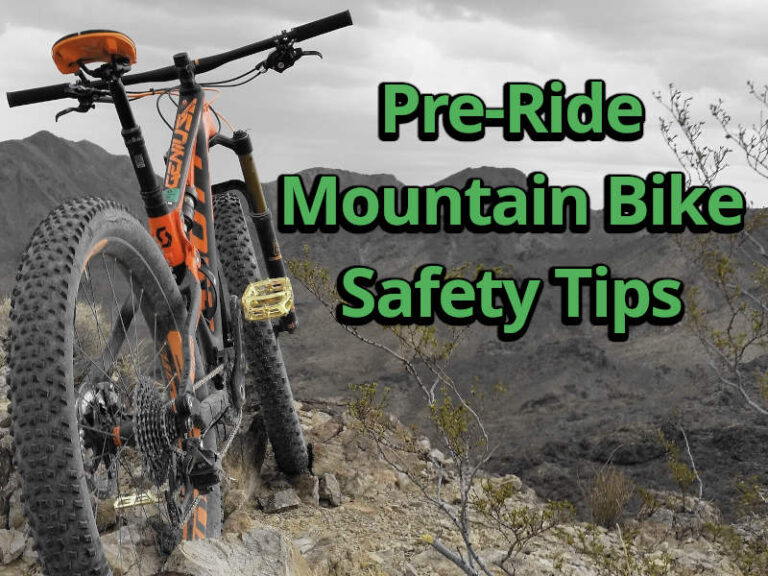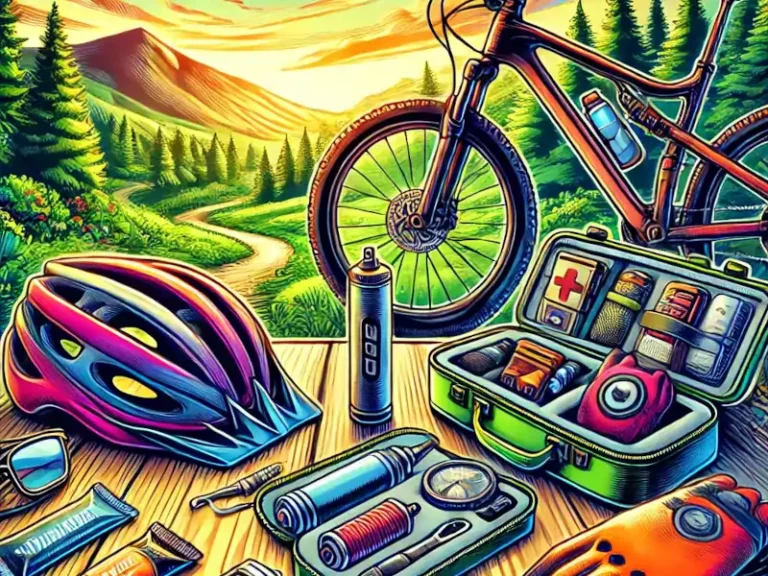Vital Mountain Biking Gear to Keep You Safe on the Trails
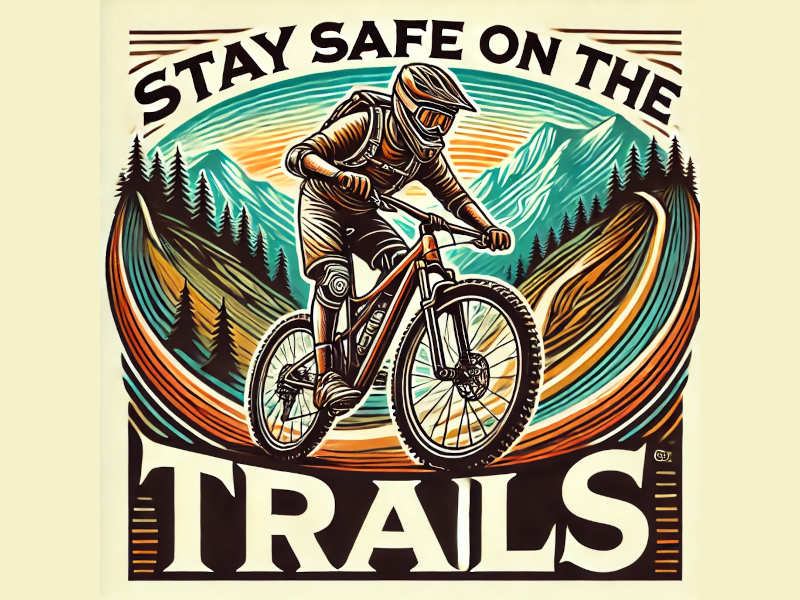
Mountain biking is a blast—until you crash. Then it’s a lesson in physics, gravity, and pain. But with the right gear, you can keep the fun high and the injuries low.
Good protection isn’t just about avoiding pain; it also helps you ride with confidence. When you know you’re covered, you take on trails with more control and less hesitation. That’s a game-changer, whether you’re rolling over roots or dropping into steep descents.
This guide covers the must-have gear that keeps you safe on the trails. From helmets to gloves, body armor to first-aid kits, every item plays a role in preventing crashes—or helping you walk away when they happen. Let’s break it down, so you can gear up and ride smart.
Helmet: Your First Line of Defense
A helmet is the most important piece of safety gear for mountain biking. Your brain controls everything, so protecting it should be a top priority. A crash without a helmet can turn a fun ride into a trip to the emergency room.
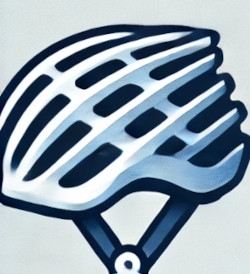
Choose a helmet that fits snugly and sits level on your head. If it wobbles or tilts back, it won’t protect you properly. Look for models with certifications like CPSC or ASTM, which ensure the helmet meets impact safety standards.
There are two main types: half-shell and full-face. A half-shell helmet works for most trails and offers good ventilation. A full-face helmet provides extra coverage for high-speed descents and technical terrain. If you ride aggressive trails, the extra protection is worth it.
MIPS (Multi-directional Impact Protection System) is another key feature. It helps reduce rotational forces on the brain during a crash. Many modern helmets include this technology, making them a smart choice.
No helmet lasts forever. After a crash or a few years of use, replace it. Foam and plastic degrade over time, reducing protection. A fresh helmet is always better than one that’s past its prime.
Strap it on, buckle up, and ride with confidence. A good helmet won’t make you invincible, but it will keep your brain in one piece.
Eye Protection: Keeping Your Vision Clear
If you can’t see the trail, you can’t ride it. Rocks, branches, and dust are always ready to take a shot at your eyes. A good pair of glasses or goggles keeps your vision clear and your ride safe.
Sunglasses work well for most conditions. Choose impact-resistant lenses to protect against debris. If you ride in changing light, look for photochromic lenses that adjust to brightness.
Goggles offer more coverage and stay in place better on rough terrain. They work best with full-face helmets and help keep dust and mud out of your eyes. If you ride downhill or in wet conditions, goggles are a solid choice.
Lens color matters too. Clear lenses work in low light, while darker tints reduce glare on sunny days. Yellow or rose lenses improve contrast, making it easier to see details on the trail.
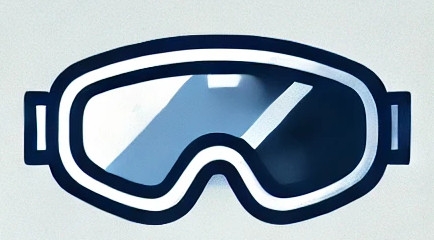
Fogging is a common problem. Look for glasses or goggles with ventilation or anti-fog coatings. Stopping to wipe your lenses every few minutes is frustrating and unsafe.
Protect your eyes, and you’ll ride with more confidence. A clear view of the trail means faster reactions and fewer surprises. Keep those peepers safe!
Gloves: Grip, Comfort, and Protection
Your hands do a lot on the bike. They steer, shift, brake, and absorb impact. A good pair of gloves makes all of this easier while protecting your skin from crashes and blisters.
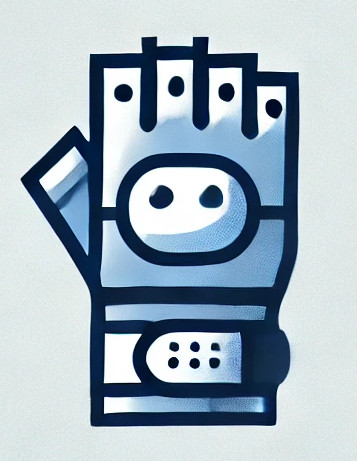
Grip is key. Sweaty or wet hands slip on the bars, making control harder. Gloves with silicone fingertips help keep your hands steady, especially in rough sections.
Padding matters too. Some gloves have extra padding in the palms to absorb shocks from bumpy trails. Others keep it minimal for better bar feel. The right choice depends on your riding style.
Full-finger gloves offer the best protection. They shield your knuckles from branches and keep your fingers safe in a fall. Half-finger gloves work for road cycling, but on the trails, more coverage is better.
Breathability keeps your hands comfortable. Look for gloves with mesh or perforated fabric to prevent overheating. Sweaty hands lead to discomfort and less control.
A good pair of gloves makes a big difference. They improve grip, prevent hand fatigue, and save your skin when things go sideways.
Body Armor: Extra Protection for Technical Rides
Some crashes leave you with a few scrapes. Others leave you wishing you had more padding. That’s where body armor comes in. It protects your joints, spine, and other high-impact areas from serious injuries.
Knee and elbow pads are the most common. They shield your joints from rocks and hard landings. Soft pads feel flexible and comfortable, while hard-shell pads offer more impact protection. Choose based on your riding style. If you hit fast, rocky trails, go with extra coverage.
For high-speed or downhill riding, chest and spine protectors add another layer of safety. These absorb big impacts and protect your ribs, collarbones, and back. Some are lightweight enough for trail riding, while others focus on full downhill protection.
Padded shorts and liners help too. They reduce bruising from falls and make long rides more comfortable. Some include tailbone protection, which can be a lifesaver in a bad crash.
Good body armor can make the difference between walking away from a fall and limping for weeks. Choose the right level of protection for your type of riding.
Proper Footwear: Stability and Control
Your feet do more than just push the pedals. They help control the bike, absorb impact, and keep you balanced. Wearing the right shoes improves grip, comfort, and safety.
There are two main types of mountain biking shoes: flat pedal shoes and clipless shoes. Flat pedal shoes have a grippy rubber sole that sticks to the pedals. They allow quick foot adjustments and easy bailouts. Clipless shoes lock into the pedals, improving power transfer and stability. They take practice but offer better efficiency on long rides.
Sole stiffness matters. A stiff sole distributes pressure evenly, reducing foot fatigue. A soft sole flexes too much, making pedaling less efficient and causing discomfort on rough terrain.
Ankle support is another factor. Low-cut shoes offer more freedom of movement. Mid- or high-cut shoes provide extra protection against ankle rolls and rock strikes. Choose based on your riding style and terrain.
Water resistance and breathability keep your feet comfortable. Waterproof shoes help in wet conditions, while breathable ones prevent overheating in warm weather. If you ride in mixed conditions, consider quick-drying materials.
Good footwear improves control and reduces injury risk. Pick the right shoes, and your feet will thank you.
First-Aid Kit: Be Ready for Scrapes and Falls
Crashes happen. Most are minor, but even small injuries can ruin a ride if you’re not prepared. A simple first-aid kit helps you stay in the game instead of limping back to the trailhead.
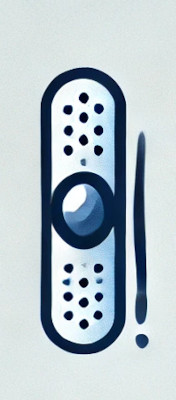
Start with the basics: bandages, antiseptic wipes, and gauze. Cuts and scrapes are common, and keeping them clean prevents infection.
Adhesive strips and blister pads help too. Long rides and rough terrain can lead to blisters, which make pedaling painful. A quick fix keeps you comfortable.
For bigger hits, include elastic bandages and pain relievers. A rolled ankle or sore wrist might not stop your ride, but it can make getting home a challenge. Compression wraps reduce swelling and provide support.
Tweezers and a small pair of scissors are useful for removing splinters, cutting tape, or handling small trail mishaps. A compact multitool with a knife can also come in handy.
Pack everything in a waterproof bag to keep supplies dry. Store it in your pack or strap it to your bike so it’s always within reach.
A first-aid kit won’t make you invincible, but it will help you handle minor injuries and keep riding.
Hydration Pack or Water Bottle: Stay Fueled and Focused
Dehydration can turn a great ride into a struggle. When you’re sweating and pushing hard, your body needs water to keep going. Carrying enough fluids is important.
A hydration pack is a great option for longer rides. It lets you drink without stopping and holds more water than a standard bottle. Many packs also have extra storage for snacks, tools, and a first-aid kit.
A water bottle works well for shorter rides. Keep it in a frame-mounted cage for easy access. Insulated bottles help keep your drink cool on hot days.
Electrolytes help replace what you lose through sweat. If you’re riding for hours, consider adding a sports drink or electrolyte tablets to your water. They help prevent cramps and keep your energy up.
Sip regularly instead of waiting until you’re thirsty. By the time you feel it, dehydration has already started. A well-hydrated rider stays sharp, reacts faster, and enjoys the ride more. Drink up!

Bike Lights: See and Be Seen
Mountain biking doesn’t stop when the sun goes down. Whether you’re riding early, late, or in shaded trails, good lights keep you safe. They help you see obstacles and make sure others see you.
A handlebar-mounted light lights up the trail ahead. Choose one with a strong beam and multiple brightness settings. A wider beam helps spot roots and rocks before they become a problem.
A helmet-mounted light follows your line of sight. It helps on technical trails where you need to see around corners or over drops. Combining a helmet light with a handlebar light gives the best visibility.
A rear light makes you visible to other riders and vehicles if you’re near roads. A small, flashing red light can prevent close calls.
Rechargeable batteries save money and reduce waste. Keep them charged before each ride, and carry a backup if you’re going out for long hours.
Good lighting isn’t just for night rides. Even in daylight, shadows and dense tree cover can make trails harder to read. Stay lit and stay safe.
Multi-Tool and Repair Kit: Fix Problems on the Trail
A mechanical issue can end a ride fast. A good multi-tool and repair kit helps you fix small problems and keep rolling.
A multi-tool with hex wrenches, a chain breaker, and a screwdriver covers most adjustments. Loose bolts, slipped chains, or seat height tweaks are easy fixes with the right tool.
A tire repair kit that includes tire levers is a must. If you ride tubeless, carry plugs and a small bottle of sealant. If you use tubes, pack patches and a spare tube. A mini pump or CO₂ inflator gets your tire back to pressure.
A quick-link lets you fix a broken chain in minutes. It’s small, light, and a lifesaver if your chain snaps mid-ride.
Store your tools in a saddlebag, frame bag, or backpack. The goal is to be ready without carrying too much weight.
With the right tools, most trail problems are just a quick fix away. Read our more in-depth article about everything you need to to carry and know to fix your bike on the trail.
A Communication Device that Works Where you are Going
Mountain biking often takes you far from roads, phone towers, and help. If an accident happens or you get lost, a reliable communication device can save you.
Cell phones work in many places, but remote forests and mountains often have no reception. In these areas, a satellite communicator or a two-way radio is a better option.
A Garmin inReach or Spot Gen4 uses satellites to send messages and share your location. Some models let you text emergency contacts or call for help with an SOS button. These devices work almost anywhere, even deep in the woods or high in the mountains.
A two-way radio is useful if you’re riding with a group. Models with long-range capabilities help you stay in touch when you’re spread out on the trail. Look for radios with GMRS or FRS frequencies for the best range.
Before your ride, tell someone your planned route and when you expect to return. If something goes wrong, they’ll know where to look.
Even the best riders have unexpected problems. A good communication device ensures you can call for help when needed.
GPS: Find Your Way and Stay on Track
Getting lost on a trail is frustrating at best and dangerous at worst. A reliable GPS device helps you stay on course and find your way back if you take a wrong turn.
A dedicated GPS unit works without cell service. Devices like the Garmin Edge 530, Garmin eTrex, or Wahoo ELEMNT Roam use satellite signals to track your location and guide you on mapped routes. Unlike phones, these units don’t rely on mobile networks and work deep in the forest or in the mountains.
A handheld GPS like the Garmin GPSMAP 67i offers detailed maps, waypoint tracking, and some models even include SOS communication through satellite networks. These are great for riders exploring unknown or unmarked trails.
If you prefer using your smartphone, make sure you download offline maps before your ride. Apps like Trailforks, Gaia GPS, or Komoot let you access maps even when there’s no signal. A handlebar mount keeps your phone visible and easy to use.
Before your ride, check your route and carry a backup battery or power bank. A GPS is only useful if it has power when you need it.
Knowing where you are—and how to get home—keeps your ride safe and stress-free. With the right GPS, you can focus on the trail, not on wondering if you took a wrong turn!
Conclusion: Gear Up and Ride Safe
Mountain biking is exciting, but safety should always come first. The right gear helps you ride with confidence and avoid unnecessary risks. A well-fitted helmet, strong knee pads, and gloves protect you when things don’t go as planned. A hydration pack, lights, and a repair kit keep you prepared for longer rides. Communication devices, GPS or downloaded maps, and power banks keep you on track and in touch when needed.
Early on I thought I didn’t need knee pads. On a fast downhill section, I hit a loose rock, lost control, and slid into a pile of dirt and gravel. My knees took the worst of it. Scrapes everywhere. That was the last mountain trail ride I ever did without knee protection. Lesson learned.
Good gear doesn’t just keep you safe; it makes riding more enjoyable. You focus on the trail, not on discomfort or equipment problems. So, check your gear, pack the essentials, and get out there. The trails are waiting!

by: Cory Willins
Cory is a dynamic and passionate content writer, specializing in sports-related topics. With over a decade of experience in the field, Cory has established… read more

